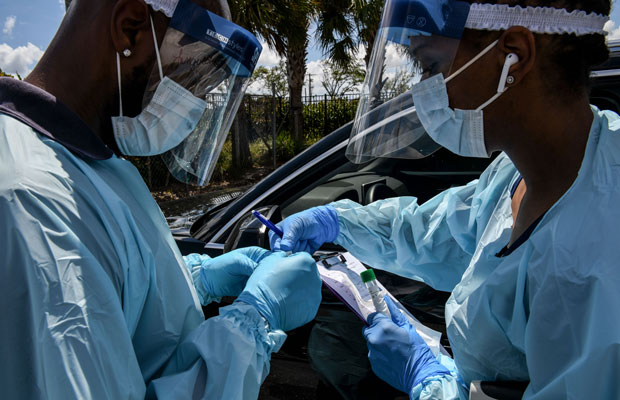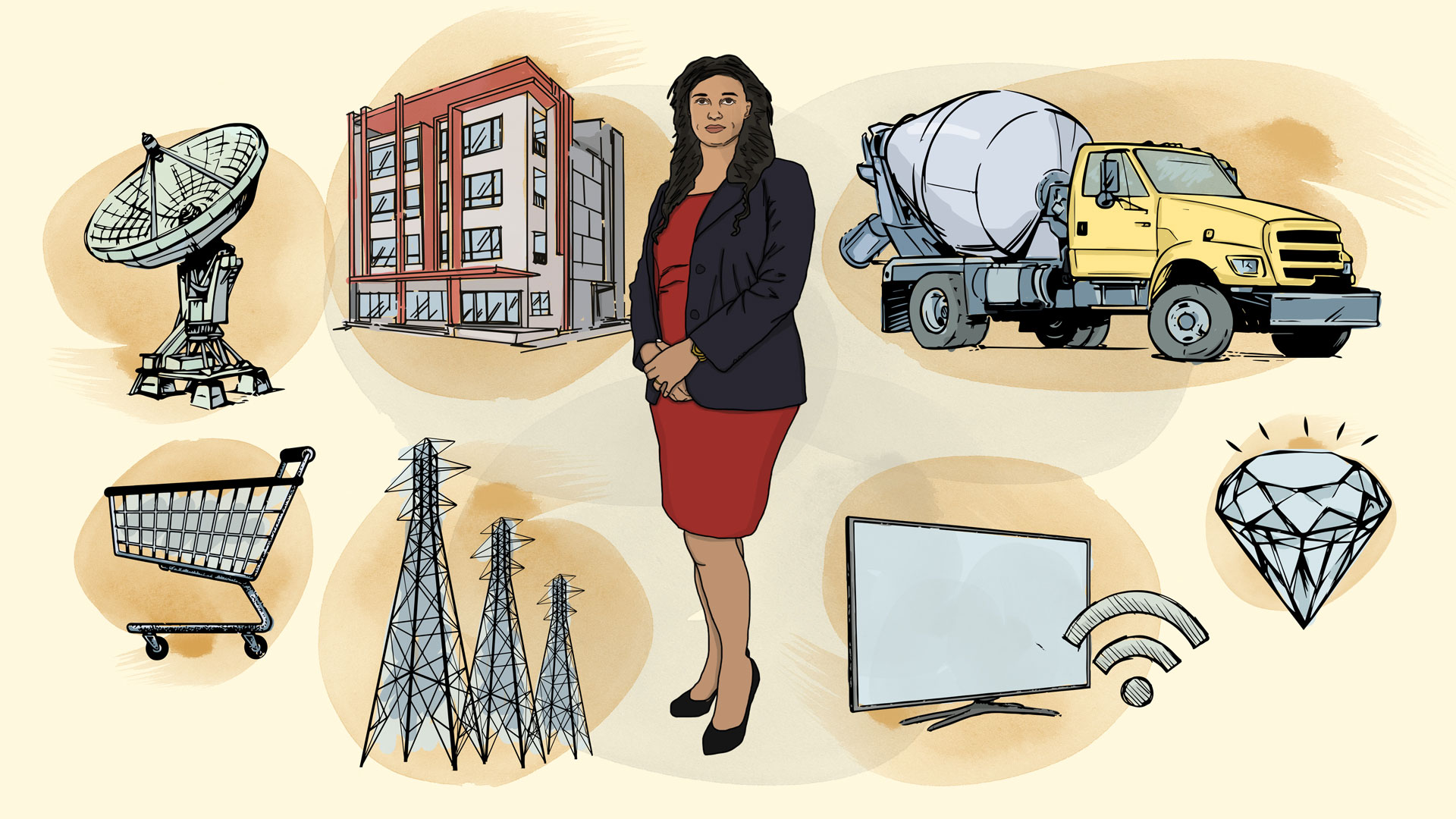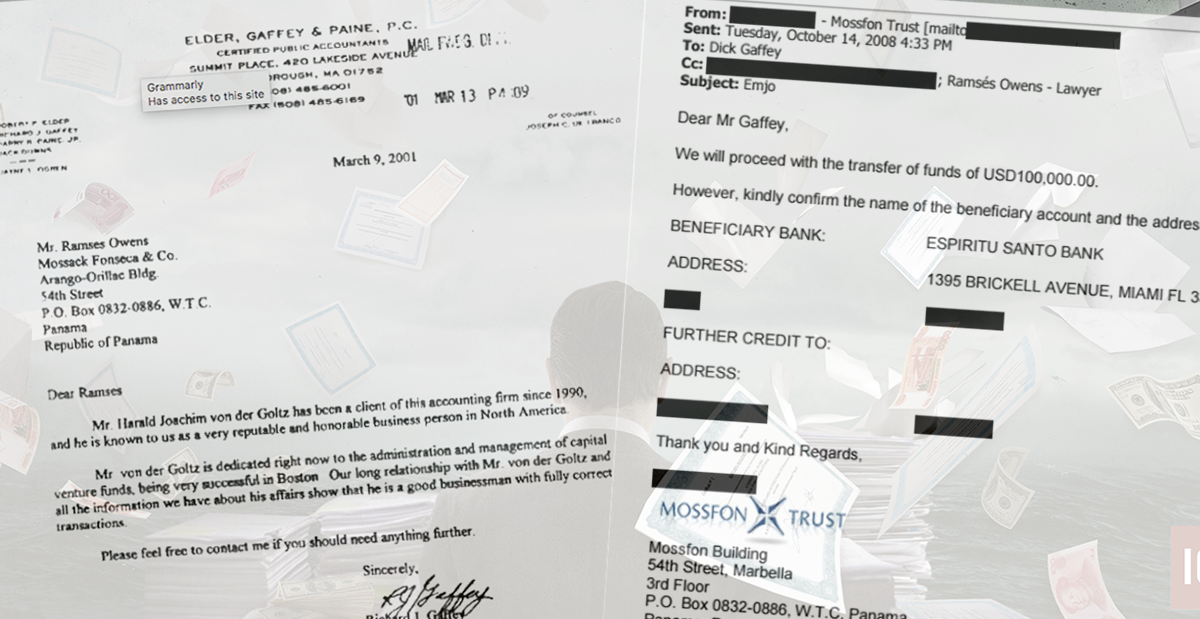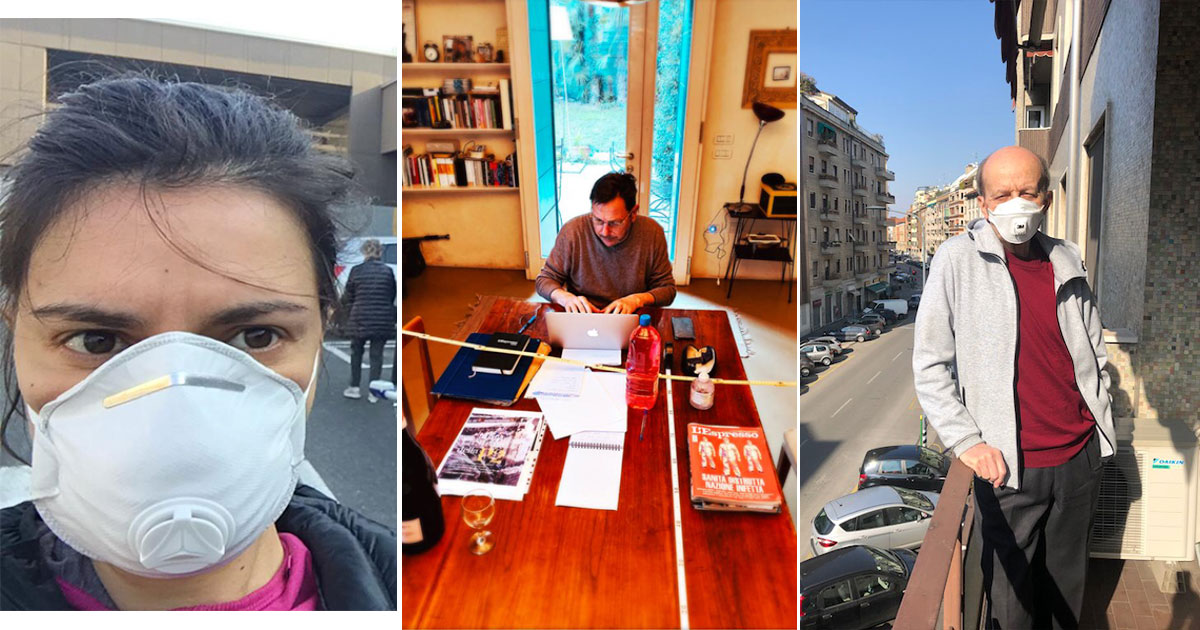ICIJ’s mission is to hold the powerful to account. Are you a government or health official, medical worker or someone else with a Coronavirus story to tell? Share your story here (ici en Francais, aquí en Español).
If you don’t know who has a life-threatening virus, you can’t hope to contain it.
China and South Korea have worked aggressively to identify and isolate victims. Yet hospitals and doctors across the United States have been severely hampered by a lack of test kits, and labs to process them. As a result they have sent untold thousands of people with symptoms back into their communities.
My state, Alabama, had reported no coronavirus infections as recently as the end of last week. In-state testing finally began, and as of Monday afternoon, there were 28 confirmed cases.
Beginning today, I’ll share occasional roundups of investigative stories that shine a light on vital public interest questions that emerge as the COVID-19 virus spreads. This edition will focus on the question that has dominated the news cycle in the U.S. Why hasn’t there been more testing?
Map courtesy of Johns Hopkins Center for Systems Science and Engineering.
‘We could help. We couldn’t do anything’
On February 28, which feels like seven lifetimes ago, ProPublica reported that the Centers for Disease Control had shunned a COVID-19 test developed by the World Health Organization, choosing instead to develop and distribute its own. But the test didn’t work, and other labs couldn’t get the go-ahead to release their own. In the Northwest, where cases were quietly spreading, it was virtually impossible to identify coronavirus patients. The story described a “frustrating, bewildering bureaucratic process that seemed at odds with the urgency of the growing threat.”
Some of the best academic labs wanted to develop their own coronavirus kits, but were hampered by federal rules about test development. Kaiser Health reported on how doctors at the University of Washington School of Medicine “took advantage of a regulatory loophole” to test samples obtained for research purposes. After a positive hit, the FDA finally relented, granting a waiver for private and academic labs to start testing.
Even labs with the ability to test – and a pool of symptomatic people to test from – have reportedly been stymied by health officials.
As part of a research project into the flu, Helen Chu, an infectious disease expert, collected thousands of nasal swabs from people in the Seattle area, the New York Times reported. But for weeks, state and federal officials rejected her requests to test the swabs for COVID-19, even as it became increasingly clear there was an outbreak in the area. She and colleagues finally began testing anyway, and immediately got positives. “We felt like we were sitting, waiting for the pandemic to emerge,” Chu told the Times. “We could help. We couldn’t do anything.”
Extraordinary demand for RNA extraction kits, needed to test for the coronavirus, have further hampered efforts, Politico reported.
And still: across the U.S., patients with coronavirus symptoms are reporting they can’t get tested because they don’t meet requirements.
From friends in Santa Barbara: dad in 30s drove cross-country, sick 2 weeks since. Negative flu, X-rays show pneumonia. Urgent care + ER say “all the markers” of COVID-19. ER wouldn’t test, only “severe” cases. Sent home. Family got sick. @countyofsb told them no tests, go to ER. https://t.co/yEr5pXl36g
— Jacob Soboroff (@jacobsoboroff) March 13, 2020
Impeachment attorney Daniel Goldman says he tried to get tested for coronavirus in NY after experiencing flu-like symptoms.
Other tests, for the flu and a full viral panel, came back negative.
He soon drove to Connecticut, where he tested positive. https://t.co/DAyQgn7NzU
— NBC News (@NBCNews) March 16, 2020
If you see an investigative story about the coronavirus pandemic that deserves more attention than it is getting, send me an email (here’s my PGP key to do it securely) or direct message on twitter. I’m especially keen to read stories from outside the U.S.
And for daily updates on testing results in the U.S., check out The COVID Tracking Project, from a team that includes journalists at the Atlantic.



